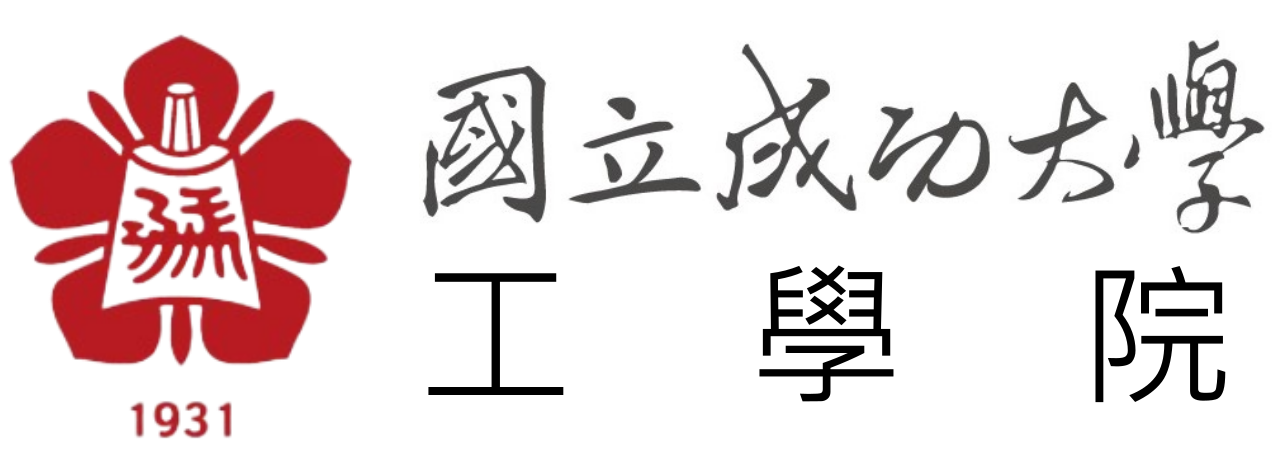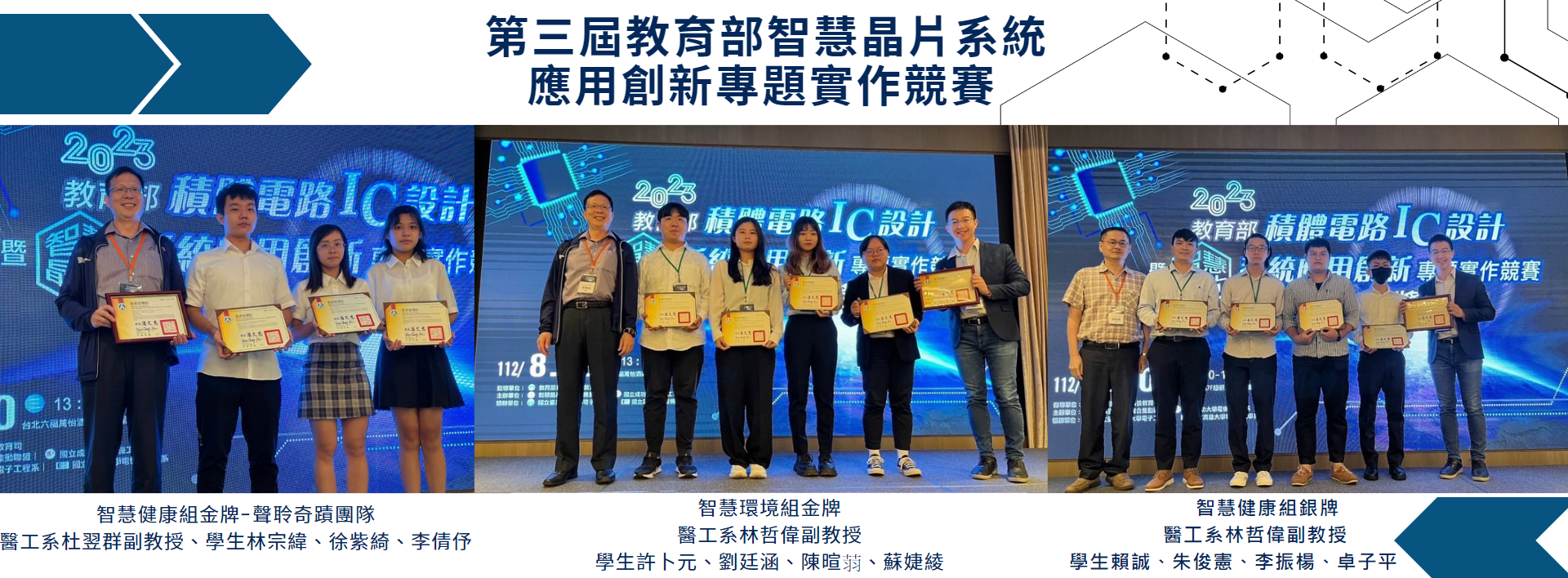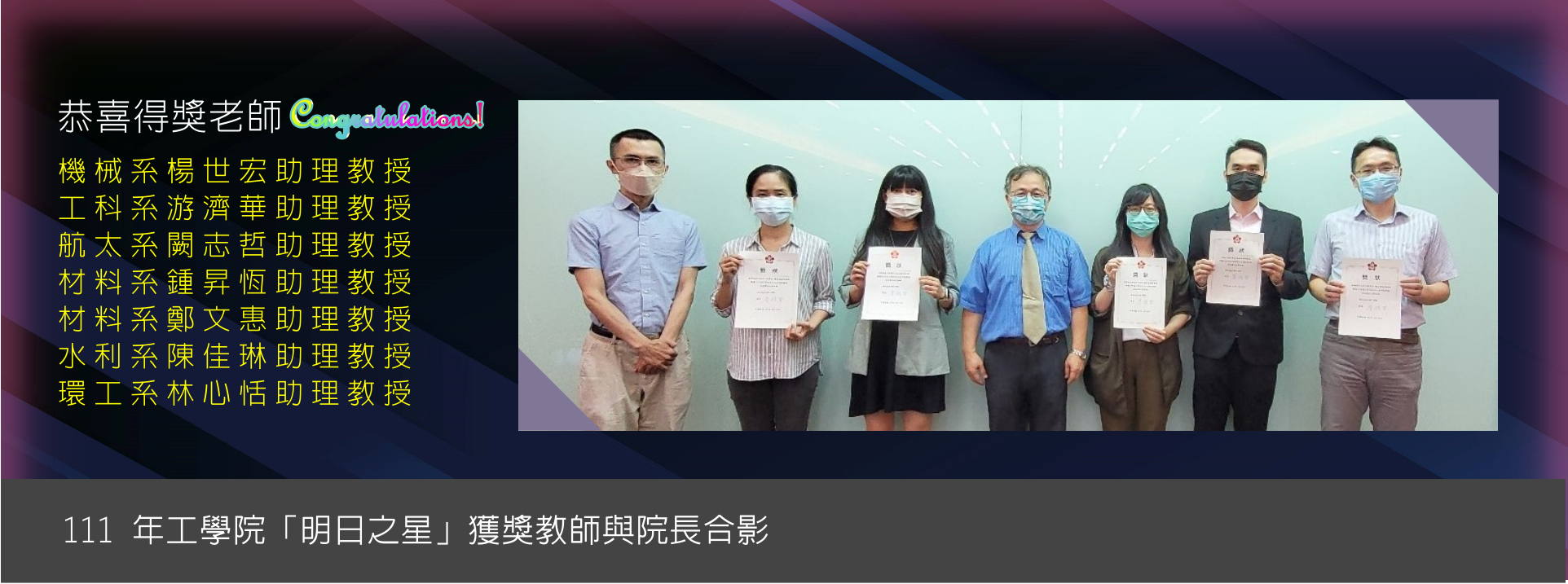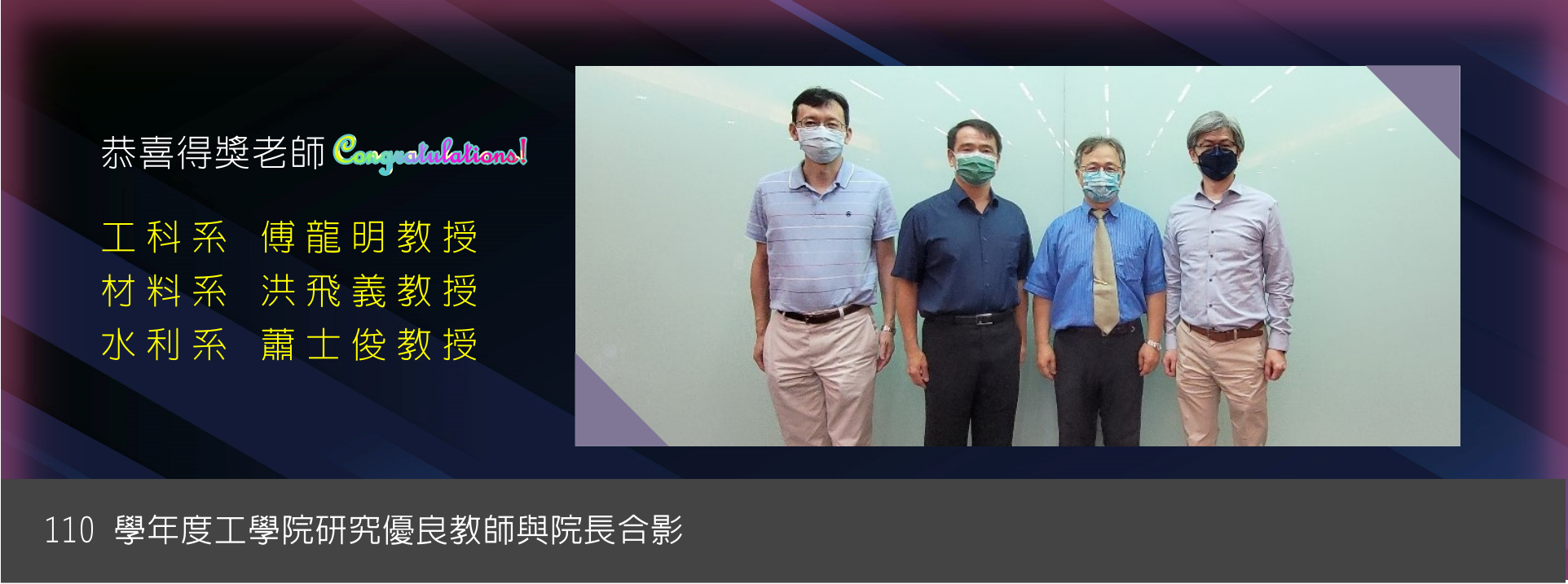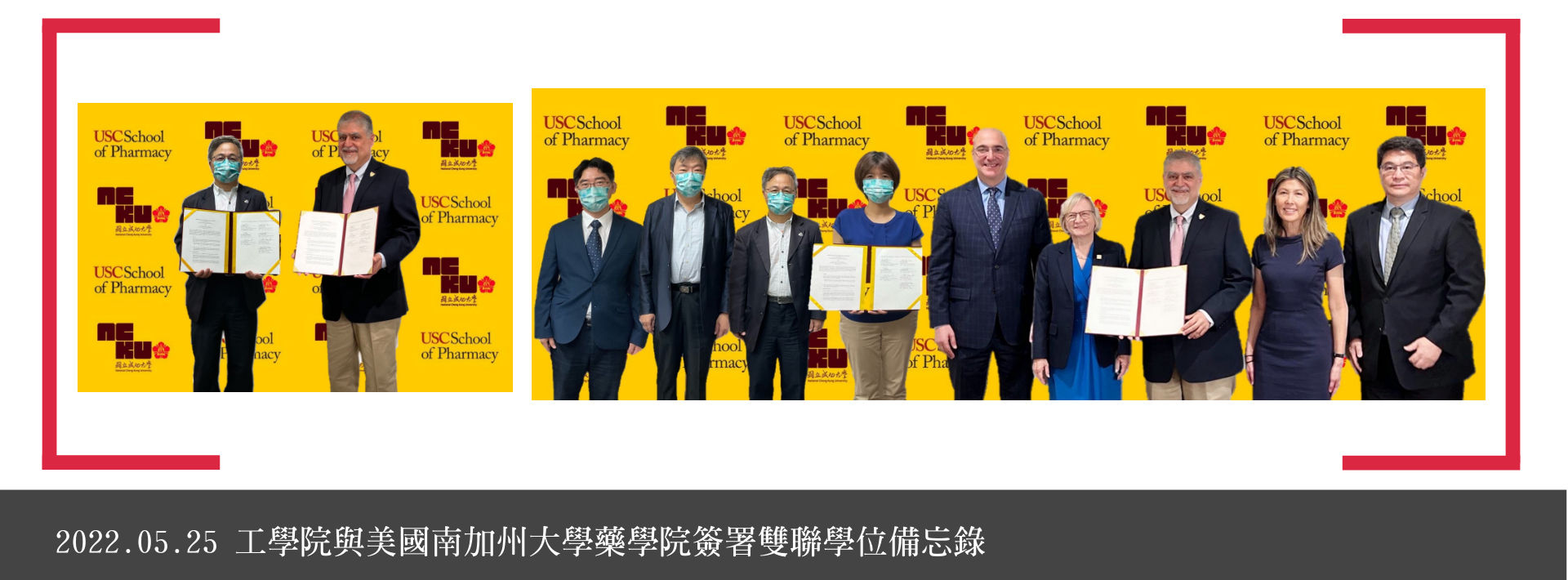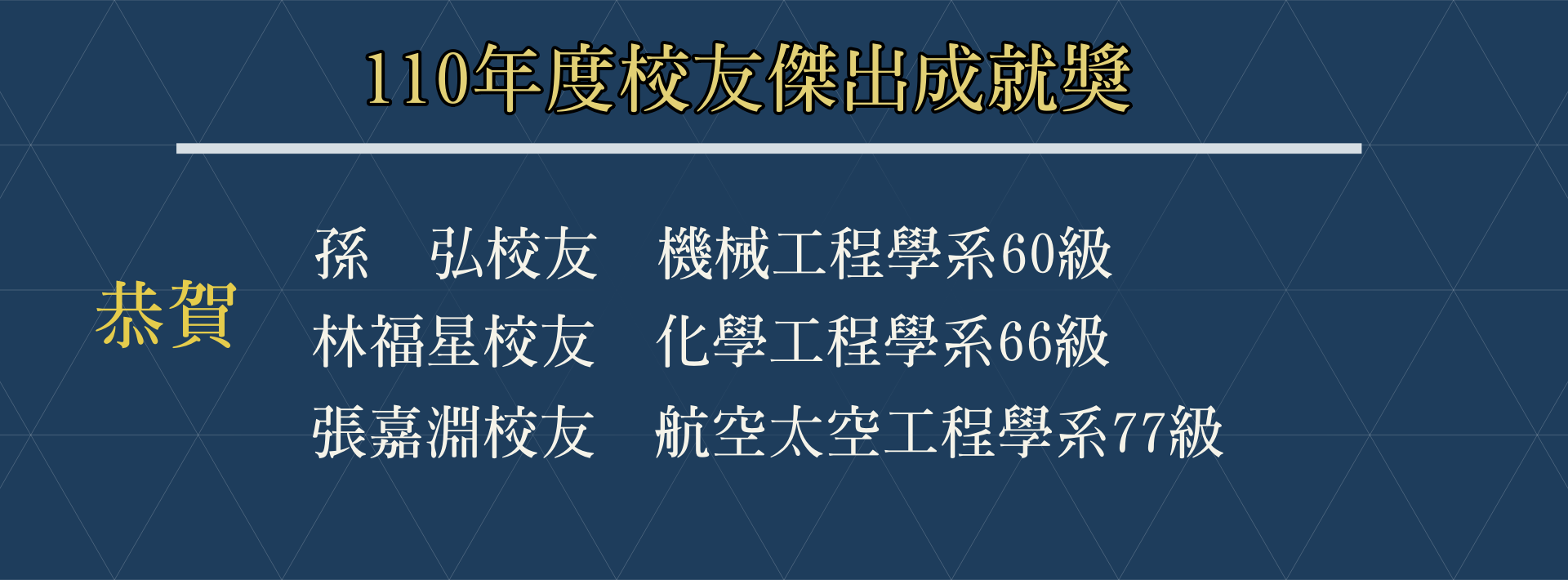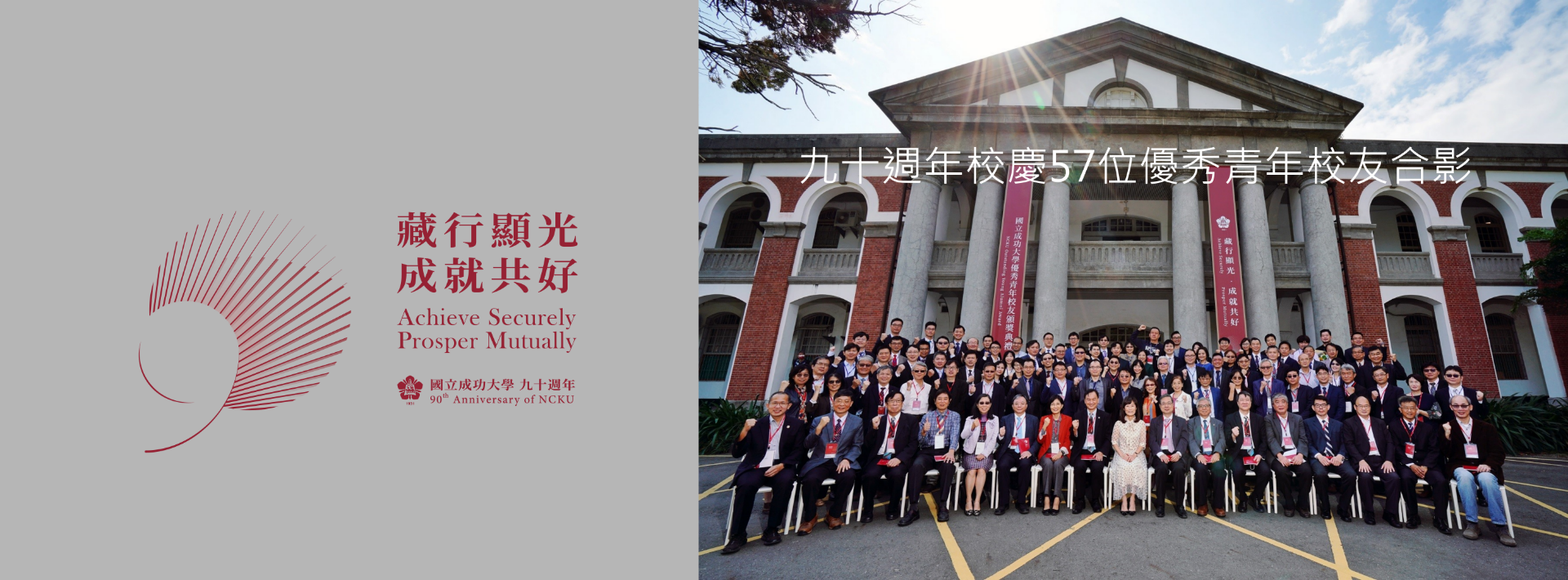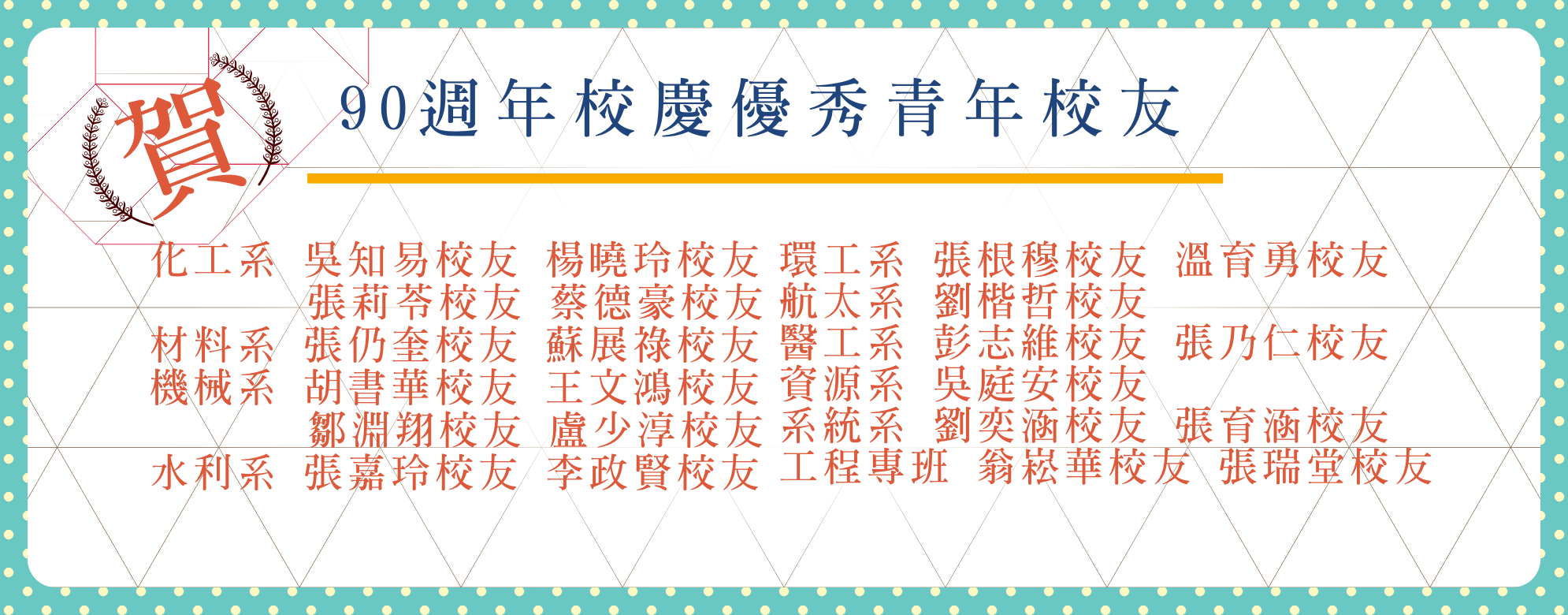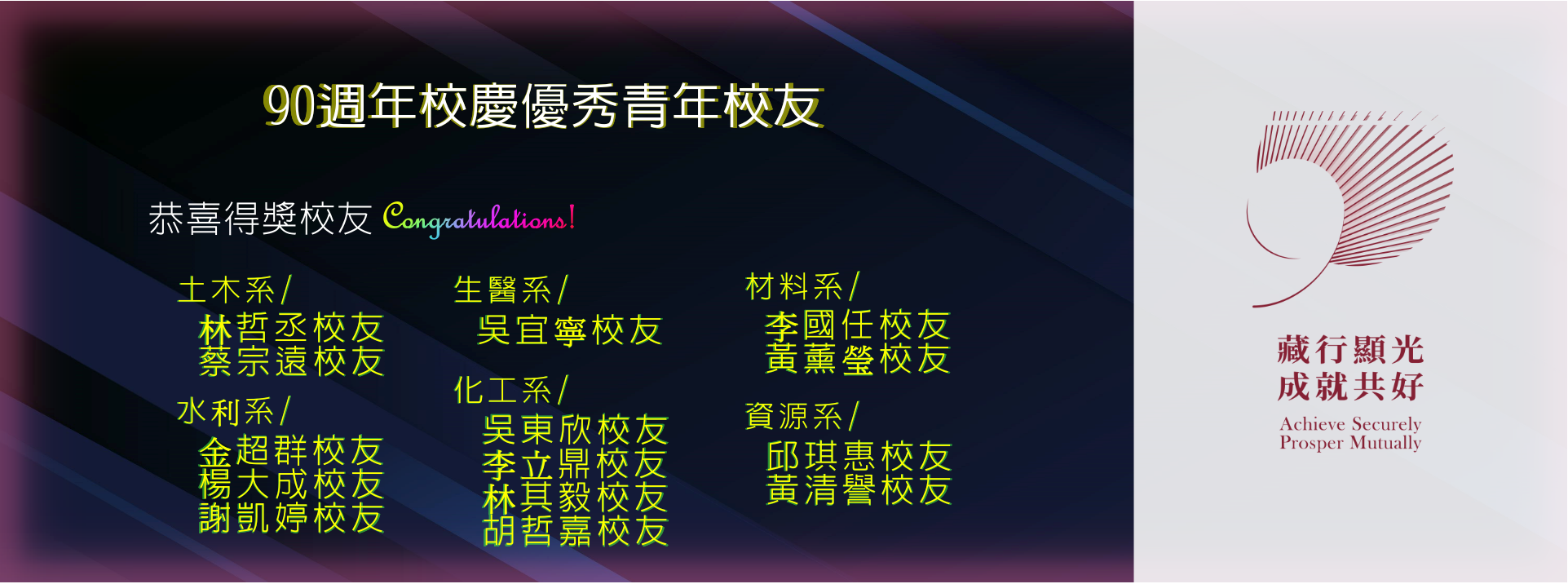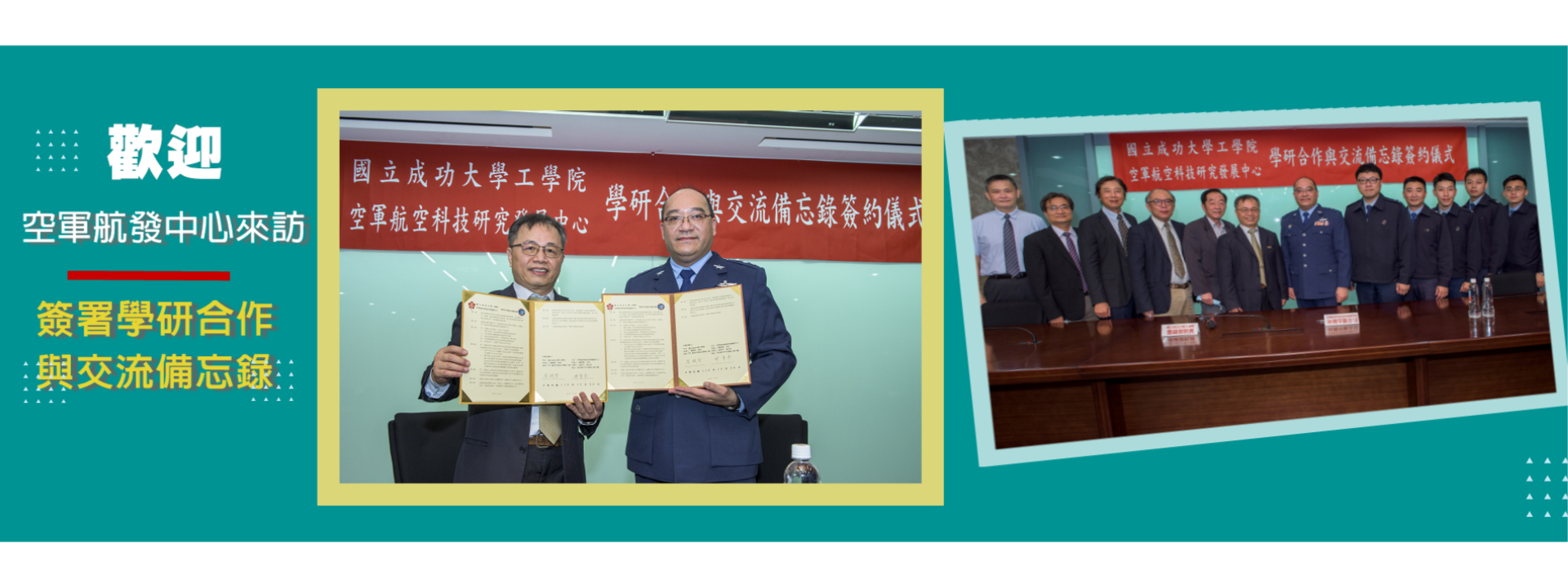Interplant Resource Integration: Optimization and Allocation
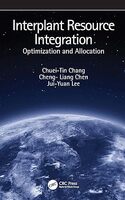
Interplant Resource Integration: Optimization and Allocation
Chang, Chuei-Tin
Department of Chemical Engineering
CRC Press
2021
ISBN 9781032033297
Abstract
This book presents an introduction to the planning and implementation strategies for interplant resource integration in industrial parks. The analytic tools provided in the book can be used for the daunting tasks of formulating mathematical programming model(s) to maximize the achievable overall saving and devising the “fair” distribution scheme(s) to allocate individual financial benefits among the participating plants. The superstructures of various resource-exchange networks, their model formulations, and the corresponding allocation algorithms are given in sufficient detail to facilitate practical applications. This book is therefore appropriate for use as an industrial reference or a graduate course material in chemical process design.
Traditionally, heat, water and other resources are integrated within a single process or plant for operating cost savings and pollution abatement. Since further cost savings and waste reduction can be achieved by expanding the scope of integration, the emphases of recent studies have been shifted toward the development of resource exchange schemes across plant boundaries in an eco-industrial park. However, in these early pioneering works, the common objective is simply to minimize the total resource usage. Such an all-encompassing approach maximizes the overall benefit of a group of participating plants but neglects the individual economic incentives. Consequently, the resulting interplant integration arrangements may not always be acceptable to all parties involved, and may discourage a subset of all participants. To facilitate implementable interplant resource exchanges in a realistic environment, each business entity must be allowed to pursue its own benefit as much as possible. In such a multi-agent system, if all behavioral patterns of interactions between agents can be regarded as the results of players acting according to the available strategies in a game, then the mathematical tools of game theory are applicable for analyzing the decisions of agents. On the basis of this argument, we attempt in the present book to address the aforementioned optimization and allocation issues in interplant resource integration with a variety of rigorous mathematical programs.
With concrete mathematical modelling procedures, systematic methods for realistically feasible solutions, and useful tools for achieving economic benefit and environmental friendliness, this book provides various approaches to resource-exchange network synthesis and shows alternative and reasonable viewpoints that can be adopted to model the interactions of participating members in an interplant resource integration scheme.
摘要
本書介紹了工業園區廠際資源整合的規劃與實施策略,書中提供的分析工具可用於建立數學規劃模型以極大化跨廠整合可實現的總體節約以及設計公平的分配方案來分配個別工廠的經濟利益。各種資源交換網路的超結構、數學模型以及相應的分配算法,在書中皆有詳述以利實際應用。因此,本書適合作為工業實用上的參考,也適用於化工程序設計的研究所課程教材。
傳統上,熱能、水和其他資源的整合限於單一製程或工廠內,目的是節省操作成本並減少污染。由於擴大整合範圍可進一步節省成本並減少廢棄物,因此近年的研究重點已轉向在生態工業園區內制定跨廠資源交換方案。然而在這些早期開創性的研究工作中,各廠的共同目標僅是最小化總資源耗用量。這樣的做法雖可極大化參與工廠的整體利益,卻忽略了每一個體的經濟誘因,因此所產生出的廠際整合安排可能無法使各方接受,反而可能使部分工廠退出跨廠整合規劃。為了在現實環境中促進參與工廠之間可實施的資源交換,必須允許各廠盡可能地追求自己的利益。在這樣的多重代理人系統中,如果代理人之間互動的所有行為模式都可視為符合玩家在賽局中執行可用策略互動的結果,那麼賽局理論的數學工具就適用於分析代理人的決策。基於這個論點,我們在書中試圖透過各種嚴謹的數學規劃方法來解決廠際資源整合中的最適化和分配問題。
透過具體的數學建模步驟、系統化實現可行解的方法,以及方便提升經濟效益和環境友善的工具,本書提供了資源交換網路合成的各種方法,並展示了可用於模擬廠際資源整合方案中參與成員互動的合理且獨特的架構。
